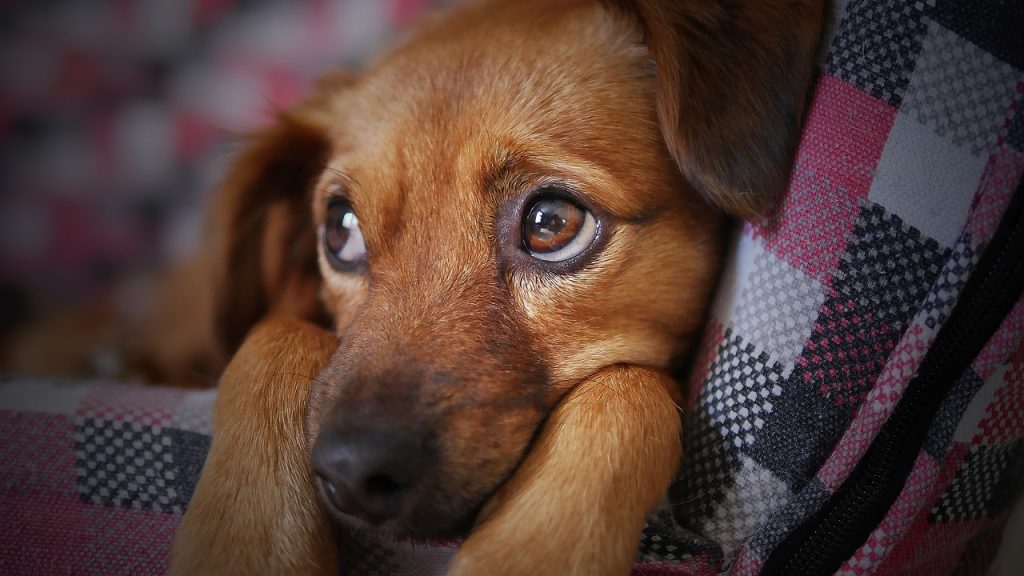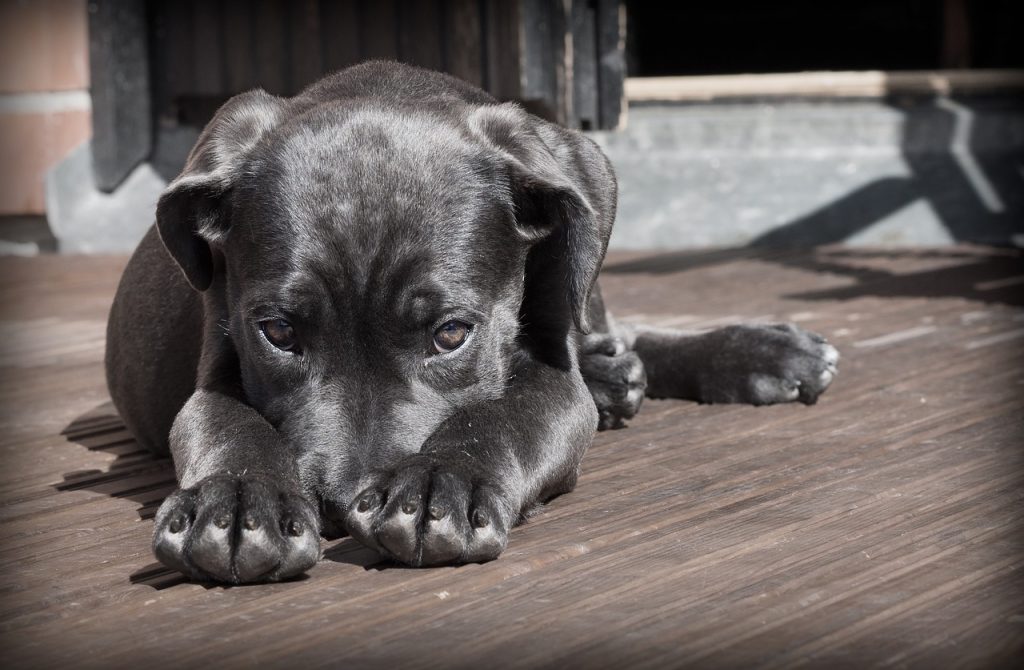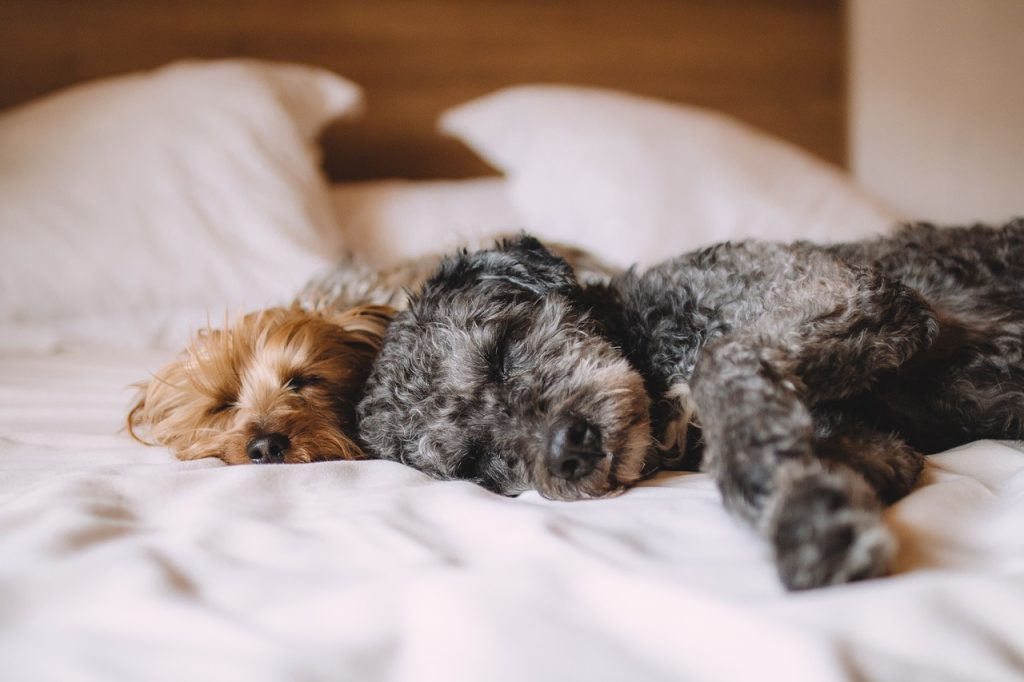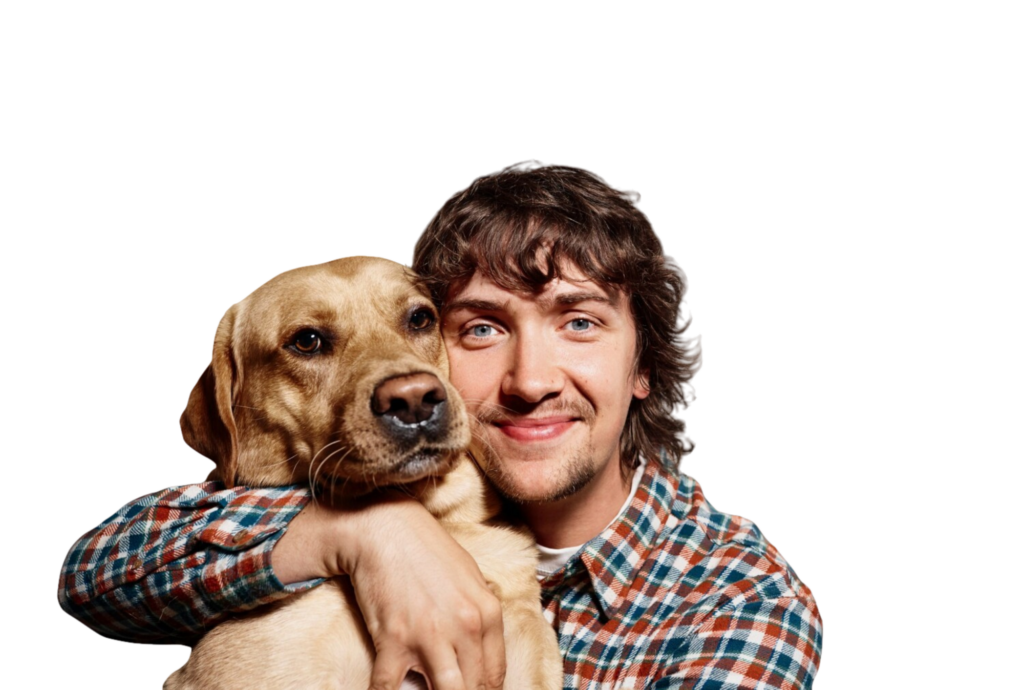Dog grooming is an essential aspect of a dog’s well-being, ensuring they not only look their best but also remain healthy and comfortable. However, when it comes to grooming nervous dogs, it can be a challenging task. Nervous dogs may exhibit fear, anxiety, or aggression during grooming sessions, making the process stressful for both the pet and the owner. In this comprehensive guide, we will explore how to groom nervous dogs with care and patience, offering expert insights and practical advice to help you navigate this sensitive task successfully.

Understanding Canine Anxiety
Before embarking on grooming a nervous dog, it’s crucial to understand the root causes of their anxiety. Dogs may become nervous due to past traumatic experiences, unfamiliar surroundings, or even genetic predisposition. By identifying the source of anxiety, you can tailor your grooming approach accordingly.
Creating a Calm Environment
One of the keys to successful grooming for nervous dogs is establishing a calm and familiar environment. Choose a quiet, well-lit room with minimal distractions. Soft music and comforting scents can also help soothe your dog’s nerves.
Gentle Handling and Positive Reinforcement
Handle your nervous dog gently and with care. Use positive reinforcement techniques such as treats and praise to reward good behavior during grooming. This creates a positive association with the process, gradually reducing anxiety.
Slow and Gradual Introduction
Introduce grooming tools slowly and gradually. Start with brief, non-invasive sessions to acclimate your dog to the sights and sounds of grooming. Over time, increase the duration of these sessions as your dog becomes more comfortable.
Choosing the Right Grooming Tools
Selecting the appropriate grooming tools is vital for a stress-free experience. Ensure that brushes, clippers, and scissors are of high quality and designed for your dog’s specific coat type. Blunt or noisy tools can escalate anxiety.
Handling Sensitive Areas
Dogs, especially nervous ones, can be sensitive to certain areas being touched. Take extra care when grooming sensitive spots like the ears, paws, and tail. Be patient and gentle to avoid causing distress.
The Bathing Process
Bathing is a crucial part of grooming for nervous dogs. Use lukewarm water, mild, dog-friendly shampoo, and a non-slip mat in the tub. Gradually introduce your dog to water, starting with just a damp cloth if necessary.
Nail Trimming
Nervous dogs may be particularly apprehensive about nail trimming. If you’re uncertain about this task, consult a professional groomer or veterinarian. If you choose to do it yourself, use a sharp, guillotine-style nail clipper and trim just the tip of the nail to avoid cutting the quick.
Dealing with Mats and Tangles
For dogs with long or curly coats, mats and tangles can be a common issue. Carefully work through these knots using a detangling spray and a slicker brush. Be patient and avoid pulling on the hair.
Knowing When to Seek Professional Help
Sometimes, despite your best efforts, grooming a nervous dog can be too challenging. If your dog’s anxiety is severe or if they exhibit aggressive behavior, it’s advisable to seek professional grooming services. Experienced groomers can handle nervous dogs safely and effectively.

Grooming Frequency
The frequency of grooming sessions for nervous dogs depends on their coat type and individual needs. Regular grooming not only keeps your dog looking great but also helps maintain their overall health. Consult with a veterinarian or professional groomer for a personalized grooming schedule.
Health Check During Grooming
Grooming sessions provide an excellent opportunity to perform a health check on your dog. Look for any lumps, bumps, or changes in their skin or coat. Early detection of health issues can lead to timely treatment.
Common Grooming Mistakes to Avoid
Avoid common grooming mistakes such as using excessive force, neglecting your dog’s anxiety, or rushing through the process. These mistakes can exacerbate your dog’s nervousness and lead to a negative grooming experience.
Patience and Persistence
Grooming for nervous dogs requires patience and persistence. Understand that progress may be slow, but with consistent positive reinforcement and gentle handling, your dog can become more at ease with the grooming process.
Post-Grooming Rewards
After a successful grooming session, reward your dog with treats, playtime, or a favorite toy. This positive reinforcement reinforces good behavior and helps build trust.
Socialization and Training
If your dog’s anxiety is severe, consider professional training or socialization classes to address their nervousness. Proper training can have a significant impact on your dog’s overall behavior and confidence.
Handling Aggression
In cases of aggression during grooming, it’s essential to prioritize safety. Do not attempt to groom a highly aggressive dog on your own. Seek assistance from a professional who can safely manage and groom your pet.
Grooming for Nervous Puppies
Starting grooming routines early with puppies can help prevent nervousness in adulthood. Begin with gentle, positive grooming experiences to build a strong foundation.
Building Trust
Building trust is at the core of successful grooming for nervous dogs. Take the time to bond with your pet outside of grooming sessions, creating a strong, positive relationship.
The Importance of Regular Vet Check-ups
Regular veterinary check-ups are essential for all dogs, including nervous ones. Your vet can address any underlying health issues that may contribute to anxiety.

Grooming for nervous dogs can be a challenging but rewarding experience. By understanding the causes of anxiety, creating a calm environment, using positive reinforcement, and practicing patience, you can ensure that grooming is a stress-free and enjoyable activity for both you and your furry companion.
Read more blog posts!
FAQs
Q: How can I determine if my dog is nervous during grooming? A: Watch for signs such as trembling, panting, growling, or attempts to escape. These are common indicators of nervousness in dogs.
Q: Are there any grooming techniques specifically for long-haired nervous dogs? A: Yes, long-haired dogs may require more frequent brushing to prevent mats and tangles. Take your time and use a gentle touch when grooming their coats.
Q: Can I groom my nervous dog at home, or should I always consult a professional? A: While many dog owners groom their pets at home, if your dog’s anxiety is severe or if they become aggressive, it’s best to seek professional help to ensure safety and a positive grooming experience.
Q: How can I help my puppy become comfortable with grooming? A: Start grooming routines early, keep sessions short and positive, and use treats and praise to reward good behavior. Socializing your puppy with various experiences can also reduce nervousness.
Q: Are there any grooming products specifically designed for nervous dogs? A: Some grooming products contain calming ingredients like lavender or chamomile. These can help create a more relaxed grooming atmosphere for nervous dogs.
Q: What should I do if my dog becomes aggressive during grooming? A: Safety should be your top priority. Cease grooming immediately and consult with a professional dog trainer or behaviorist to address and manage aggression.



